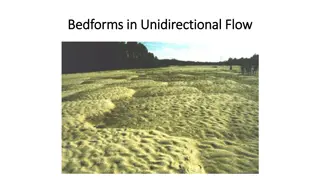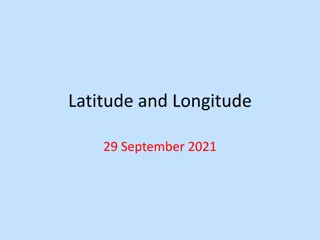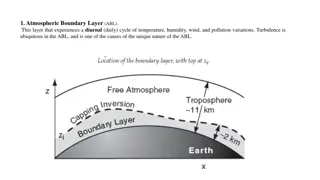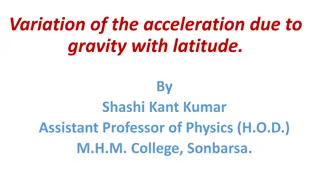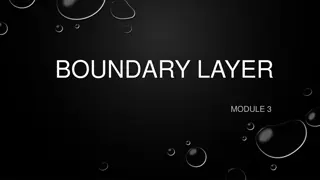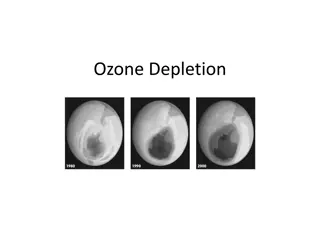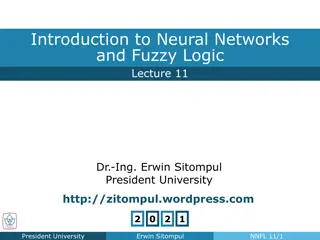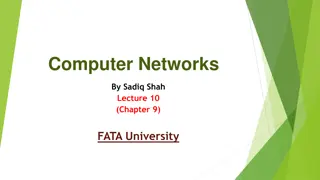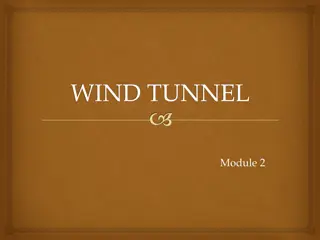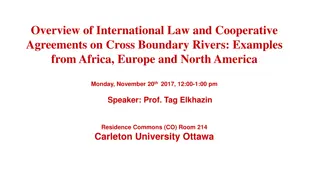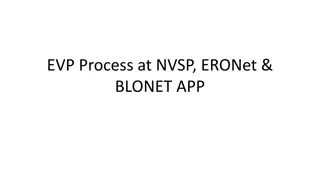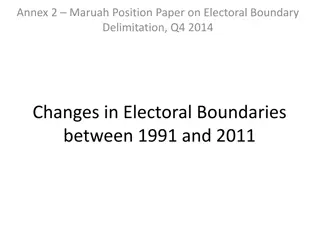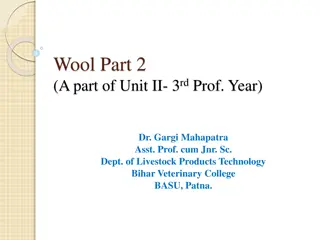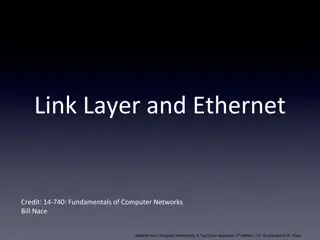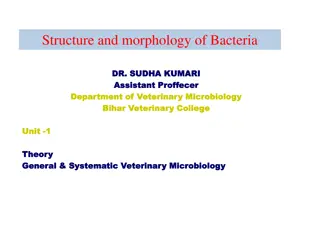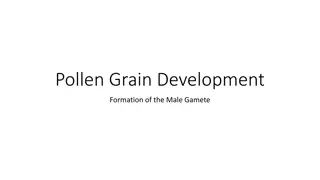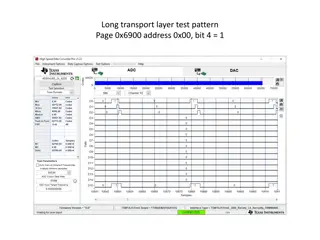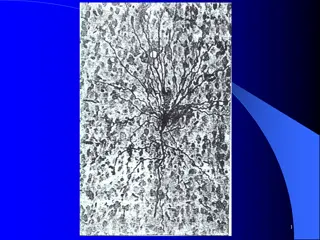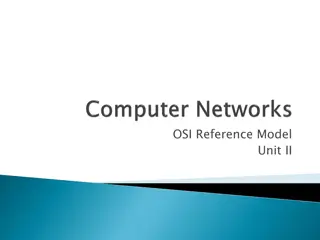Insights into the Low-Latitude Boundary Layer in Mercury's Magnetosphere
Study focuses on the low-latitude boundary layer (LLBL) in Mercury's magnetosphere, analyzing magnetosphere and magnetosheath plasma characteristics such as reconnection rates, IMF/magnetic shear, and plasma beta. Results show anti-correlation between LLBL and non-LLBL regions, with different reconnection rates and magnetic shear influences. Average properties of LLBL include H+ gyroradius, Na+ number density, and thickness.
Download Presentation

Please find below an Image/Link to download the presentation.
The content on the website is provided AS IS for your information and personal use only. It may not be sold, licensed, or shared on other websites without obtaining consent from the author. Download presentation by click this link. If you encounter any issues during the download, it is possible that the publisher has removed the file from their server.
E N D
Presentation Transcript
MESSENGER observations of the low- latitude boundary layer in Mercury s magnetosphere Elisabet Liljeblad1, Tomas Karlsson1, Jim Raines2, Anita Kullen1, James Slavin2, Torbj rn Sundberg3 1 Space and Plasma Physics, School of Electrical Engineering, Royal Institute of Technology, Stockholm, Sweden 1 Department of Atmospheric, Oceanic and Space Sciences, University of Michigan, Ann Arbor, Michigan, USA 3 School of Physics and Astronomy, Queen Mary University of London, London, UK
The low-latitude boundary layer LLBL region where constant transfer of mass and energy takes place Studied extensively on Earth (more statistics on the flank) Definition: mix of magnetosphere and magnetosheath plasma just inside the magnetopause at low latitudes. Mercury LLBL: Two observations from M1 and M2 Analyzed in a few articles (Wang et al. 2010; Anderson et al., 2011; M ller et al 2012) Similar characteristics during both flybys
The study Study and motivation Three groups: LLBL, non-LLBL, KH waves Characterize the Hermean LLBL Location (dawn-dusk asymmetry?) Thickness Surrounding conditions IMF/magnetic shear Plasma Beta Reconnection rates KH on Mercury, clear dawn- dusk asymmetry - LLBL correlation? Possible formation processes
Data analysis Data: MAG and FIPS from MESSENGER s first orbital year (2011) Plasma Beta of MSH near MP, = nkBT/(B2/2 0), through direct measurements: Reconnection rates: BN/|B| - BN through MVA on the MP crossing
Results 25 LLBL, 61 non-LLBL Anti-correlation LLBL/KHI
Reconnection rates > 0.1 for non-LLBL only LLBL smaller shears, mainly > Bz Non-LLBL, mainly < Bz < >: 4.4 0.7 (non-LLBL) 2.0 0.4 (LLBL) Results
Results Average H+ gyroradius in LLBL: 40 4 km Number density of Na+ ~22% of H+ Average thickness of LLBL: 450 56 km Average Na+ gyroradius in LLBL: 220 34 km
Results LLBL thickness increases with distance from noon No dependence on distance to equatorial plane No dependence on magnetic shear No dependence of LLBL H+ density In agreement with Earth observations (Mitchell et al. 1987; Eastman and Hones 1979)
Results: summary Majority found on the dawnside Anti-correlation KHI/LLBL LLBL responsible for the KHI asymmetry? Lower reconnection rates and magnetic shear, high Slower reconnection or other formation process? Thickness increases with distance from noon Some kind of diffusion process ongoing? <Na+> gyroradius in the same order of magnitude as LLBL thickness Responsible for both LLBL & KHI asymmetry?





